CHAPTER 11: BUILDING A CUSTOMER-CENTRIC ORGANIZATION-CUSTOMER RELATIONSHIP MANAGEMENT
Building A Customer-Centric Organization-Customer Management
Customer Relationship Management (CRM):
- CRM enables an organization to:
- provide better customer service
- make call centers more efficient
- cross sell products more effectively
- help sales staff close deals faster
- simplify marketing and sales processes
- discover new customers
- increase customer revenues
Recency, Frequency, and Monetary Value:
- organizations can find their most valuable customers through "RFM" - Recency, Frequency, and Monetary Value
- how recently a customer purchased items (Recency)
- how frequency a customer purchased items (Frequency)
- how much a customer spends on each purchase (Monetary Value)
The Evolution of CRM:
- CRM reporting technology - help organizations identify their customers across other applications
- CRM analysis technologies - help organization segment their customers into categories such as best and worst customers
- CRM predicting technologies - help organizations make predictions regarding customer behavior such as which customers are at risk of leaving.
- Three phases in the evolution of CRM include of reporting, analyzing, and predicting

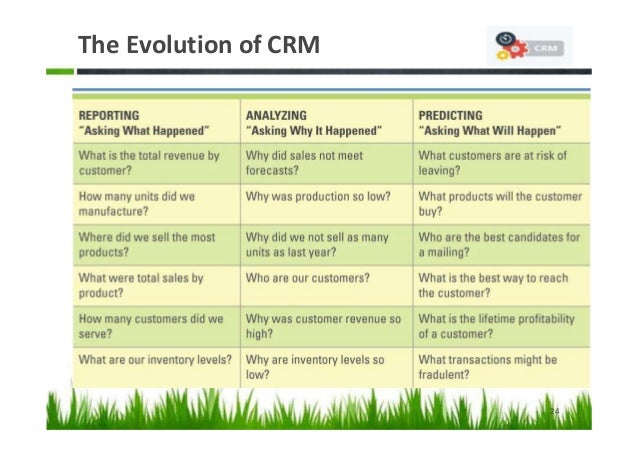
The Ugly Side of CRM:
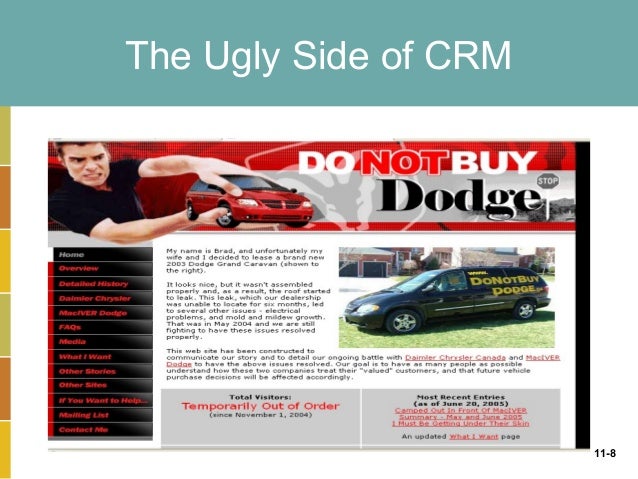
Customer Relationship Management's Explosive Growth:
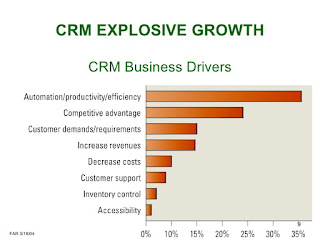
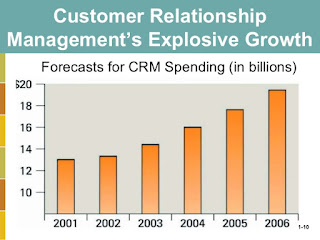
Using Analytical CRM to Enchance Decisions:
- Operational CRM - Supports traditional transactional processing for day-to-day front-office operations or systems that deal directly with the customers
- analytical CRM - supports back-office operations and strategic analysis and includes all systems that do not deal directly with the customer
- operational CRM and analytical CRM
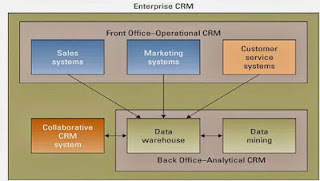
Customer Relationship Management Success Factors:
- CRM sucsess factors include:
- clearly communicate the CRM strategy
- define information needs and flows
- build an integrated view of the customer
- implement in interactions-avoid big-bang approach (instant changeover)
- scalability for organizational growth
14 NOVEMBER 2017
TUESDAY


Comments
Post a Comment